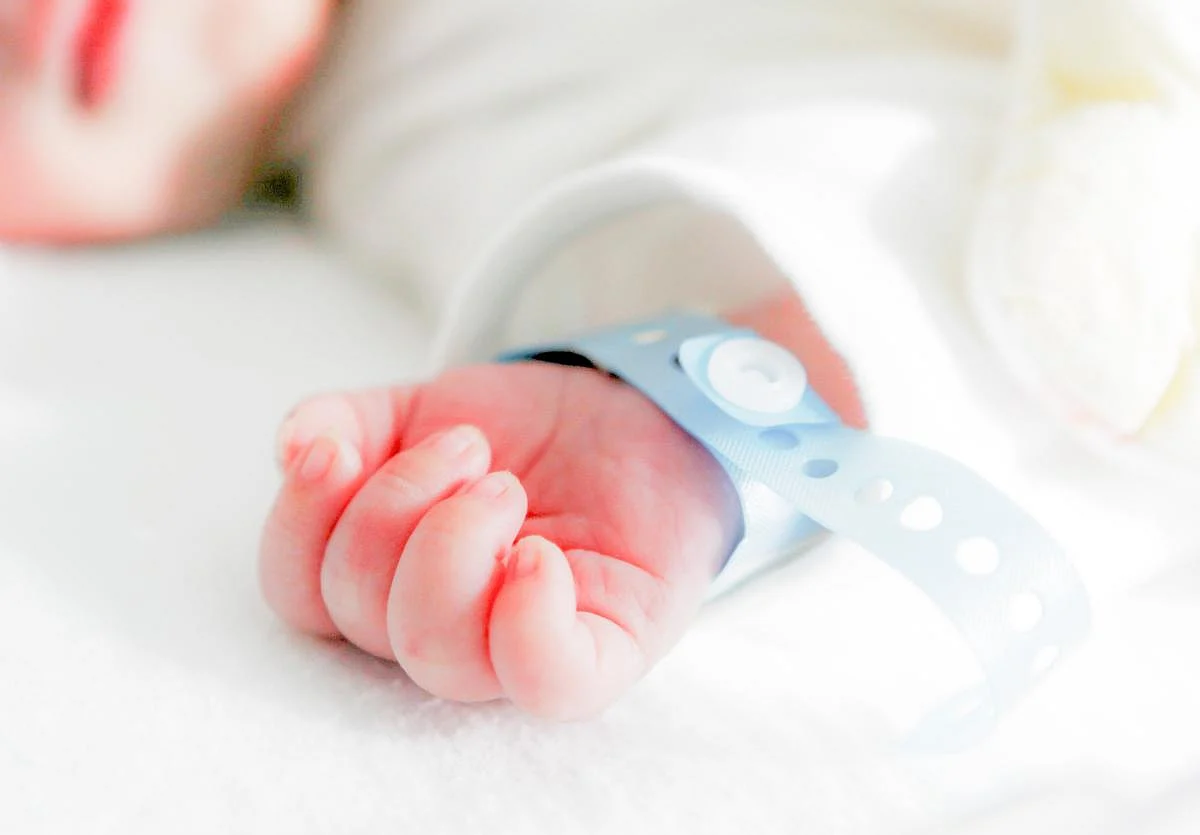Get Healthy!

- Posted July 31, 2025
Could a Single Shot at Birth Shield Kids From HIV for Years?
There’s potentially exciting news from a trial conducted in monkeys: A single shot of gene therapy given to newborn monkeys appears to shield them from HIV, the virus that causes AIDS, for at least three years.
Of course, studies conducted in animals don’t always pan out in humans. But scientists say that if it does, it could save the lives of babies and children still imperiled by HIV.
The study authors estimate that more than 100,000 children worldwide (largely in subSaharan Africa) are believed to contract HIV soon after birth, primarily via breastfeeding with an HIV+ mother.
“Nearly 300 children are infected with HIV each day,” said lead author Dr. Amir Ardeshir, associate professor of microbiology and immunology at the Tulane National Primate Research Center in New Orleans. “This approach could help protect newborns in high-risk areas during the most vulnerable period of their lives.”
His team published its findings July 30 in Nature.
It noted that the new work hinges on the notion that in the first few weeks of a primate’s life — humans are primates, too — the body’s immune system is naturally more tolerant of “invaders,” including gene therapies.
The research focused on a tried-and-true form of HIV-fighting gene therapy. It works by programming cells to continuously produce HIV-fighting antibodies.
The gene therapy was piggybacked onto a harmless adeno-associated virus (AAV) to help deliver it to the muscle cells of newborn rhesus macaques.
Muscle cells were chosen because they are particularly long-lived, Ardeshir’s team explained.
The gene therapy instructs these cells to produce broadly neutralizing antibodies, or bNAbs, which are capable of neutralizing multiple strains of HIV.
It’s not the first time bNAbs have been used in gene therapy to fight HIV. However, in prior trials repeat injections were required to keep the immune system vigilant.
In the new trial, “we turn these muscle cells — which are long-lived — into micro factories that just keep producing these antibodies,” Ardeshir explained.
When such an approach is used in older monkeys, however, the animals’ robust immune systems turn against the therapy, shutting it down.
That didn’t happen when Ardeshir’s team introduced it during a macaque's first few weeks of life.
All of the monkeys who got a single shot of bNAbs therapy soon after birth were shielded from infection with HIV for at least three years, with no need for a booster.
Tulane researchers said that’s roughly the equivalent of a treatment that could ward off HIV in humans deep into adolescence.
If the gene therapy was delivered even a bit later — 8 to 12 weeks after birth — the young monkey's more developed immune system swung into action to fight it, eroding its effectiveness.
Giving the shot soon after birth seemed key, Ardeshir said.
“This is a one-and-done treatment that fits the critical time when these mothers with HIV in resource-limited areas are most likely to see a doctor,” he noted in a Tulane news release. “As long as the treatment is delivered close to birth, the baby’s immune system will accept it and believe it’s part of itself.”
Will it work in human babies?
That’s not entirely clear, since it’s possible infants might be less amenable than monkeys to therapies that are delivered via AAV, the team said.
The monkey trial also used only one strain of simian-human immunodeficiency virus, which is similar in some ways to HIV but may not reflect the variety of circulating strains of HIV strains.
Still, the research team is hopeful.
Giving families a one-shot preventive tool to protect their children would be especially useful in areas where access to repeat medical treatments can be tough, the researchers said.
“Nothing like this was possible to achieve even 10 years ago,” Ardeshir said. “This was a huge result, and now we have all the ingredients to take on HIV.”
More information
Find out more about HIV and AIDS at the U.S. Centers for Disease Control and Prevention (CDC).
SOURCE: Tulane University, news release, July 30, 2025
